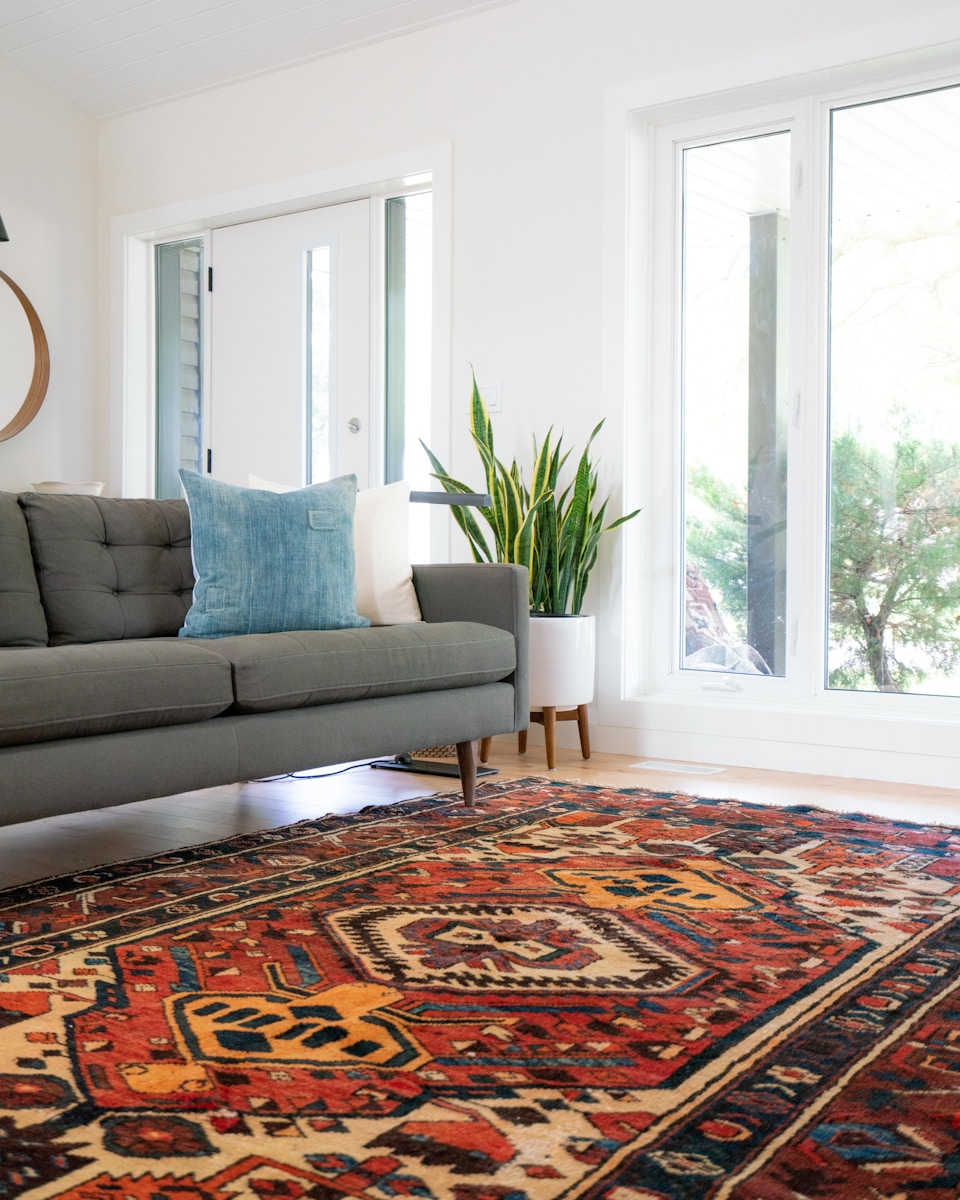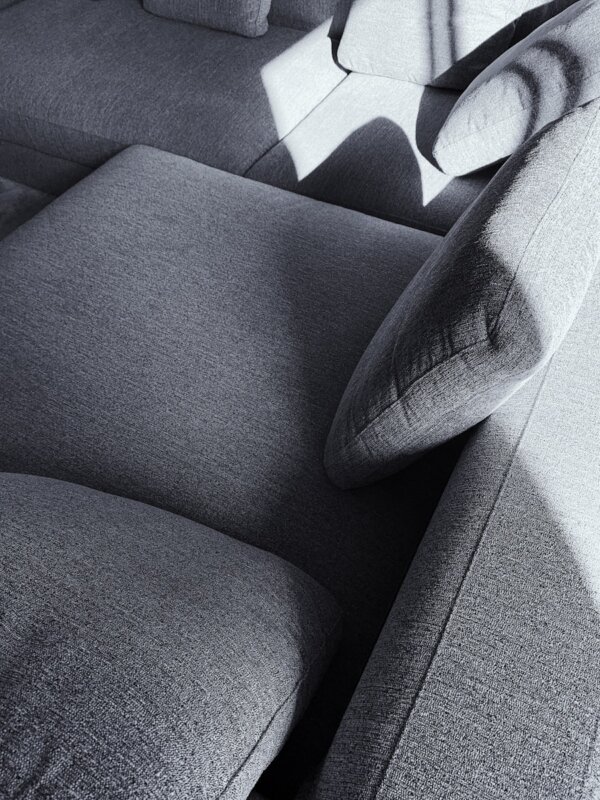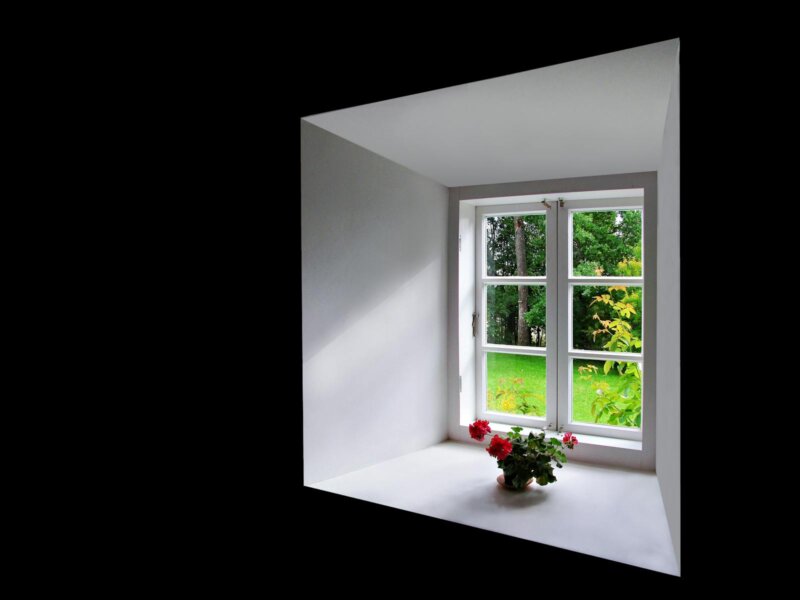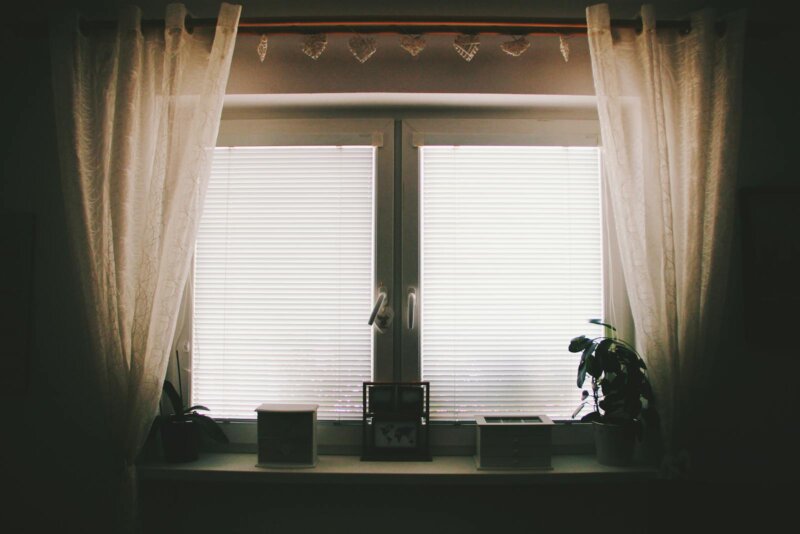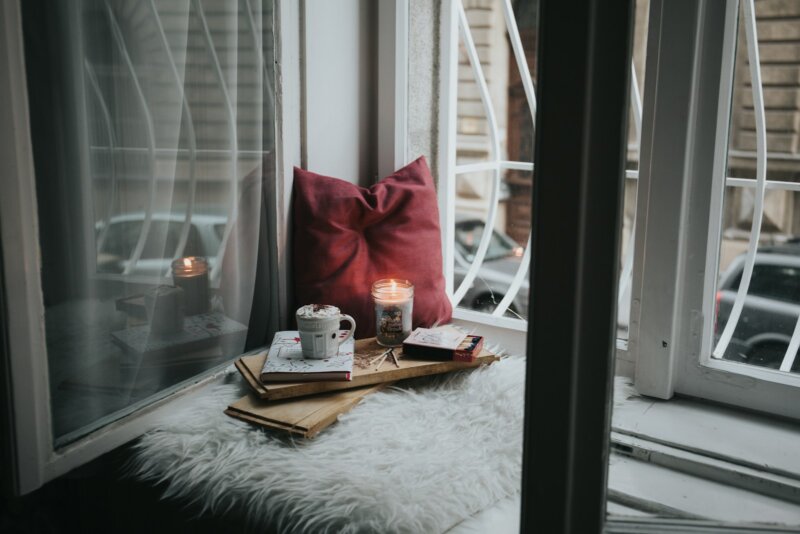Do rugs feel plain or lost in your rooms? Layering area rugs adds depth, texture, and style. This guide shows layering techniques with smart rug placement, sizes, and patterns you can try today.
Choosing the Right Base Rug
Start with a base rug that feels calm and suits the floor finish. Think of it as the canvas for your interior design. A steady base supports textures, patterns, and color combinations that follow.
Neutral rugs as the foundation
Neutral rugs make layered rugs look intentional. Soft shades like beige, cream, or gray create a quiet backdrop. Bold patterns on top then read clearly and do not fight for attention.
Use the 70/30 rule to keep balance. About 70 percent should feel calm. The top 30 percent can carry color or strong prints. Keep the base rug larger, and size the top rug one or two sizes smaller. Aim for the top rug to cover about two thirds of the base.
This keeps the room grounded, not busy. If color palettes change later, the neutral base still works with new area rugs.
Natural fiber rugs like jute or sisal
Jute and sisal are natural fiber rugs. They are tough, textured, and usually neutral. That makes them a smart base for layering techniques in living rooms, bedrooms, or entryways.
Some weaves include small chevrons or diamonds for quiet detail. An 8 foot runner from RugsUSA can cost about 60 dollars, which is budget friendly.
Try a sisal base with a vintage wool rug on top. Or place a bright flatweave over a neutral jute. Add a soft sheepskin or small cowhide for extra warmth.
Test sizes with painter’s tape before buying. Outline the footprint on the floor. This simple step helps with rug placement and fit.
Mixing Textures for Depth
Textures create visual interest and add depth to interiors. Blend different rug constructions for contrast. Smooth next to plush feels rich, yet still practical.
Flatweaves under plush rugs
Flatweave rugs have a tight, low profile. They sit flat, so they support thicker rugs without lumps. Jute and sisal flatweaves handle foot traffic and keep edges tidy.
Place a plush wool or hand knotted piece on top. The contrast feels balanced, firm underfoot and soft at the surface. You also get the 70 percent neutral base that makes patterns easier to read.
Example, put a textured jute under a bold patterned wool rug. Both layers show, and the room feels cozy and strong.
Sheepskin and cowhide rugs for accents
For quick warmth, add a sheepskin or a cowhide as an accent layer. A Gray Ombre Sheepskin or Ivory Faux Sheepskin brings instant softness. These sit well over jute or over simple patterned rugs.
Cowhide adds clear shape and contrast. Try an Ivory Printed Faux Cowhide for extra pattern. Use Haven Faux Sheepskin when you want a plush touch near a chair or bed.
These accents work in reading nooks or by a sofa. They add comfort without crowding the layout.
Playing With Patterns
Patterns raise visual interest and define style. Mix them with care so the room feels lively, not loud. Share at least one color between rugs for harmony.
https://www.youtube.com/watch?v=CGrgNXnq_Ac
Following the 70/30 rule for pattern balance
Begin with a large neutral base. That base should fill about 70 percent of the area. Keep tones calm or use simple motifs. Add smaller rugs with brighter designs for the remaining 30 percent.
This ratio keeps patterns readable. It also keeps furniture layout clear. You can vary texture in the bold top layer for interest. Cowhide, plush wool, or a patterned flatweave are easy wins.
Combining bold and subtle designs
Pair a bold patterned rug, like the Fuchsia Star Token Medallion or Blue Vintage Tapestry, with a quiet base such as ivory wool or a gray Moroccan trellis. Strong design next to simple design looks balanced and fresh.
Gray and white distressed vintage rugs work well as accents on natural fiber bases. Try a geometric over a plain base. Or set florals above stripes.
Keep one shared color to tie layers together. Fringes that peek out add texture and story. Styles should reflect your taste, then invite people to relax.
Experimenting With Sizes
Size drives how layers read in a room. You can make small rugs look intentional and make large spaces feel complete.
Layering small rugs over larger ones
Place a large neutral base first, like jute or sisal. Then add a smaller accent rug on top for color and texture. This adds depth without clutter.
Use this idea in high traffic or multi use rooms. It defines zones, yet keeps the floor plan open. You can show off a special vintage find that is too small alone.
Follow the 70/30 rule for balance. Mix flatweaves with plush, or add sheepskin for a soft note. Aim for the top rug to cover roughly two thirds of the base.
Making a small rug work in a large space
A small rug can anchor a zone in an open room. Place it under a coffee table or a pair of chairs. This sets a visual target and creates a seating island.
Use a small bold rug over a large neutral base for depth. A lighter rug can brighten the zone and make wide rooms feel open.
Natural fibers offer texture and comfort underfoot. Careful placement boosts both design and function without crowding the floor.
Placement Strategies for Layered Rugs
Smart placement ties layers to furniture and improves traffic flow. A clear plan also protects edges and prevents trips.
Centering rugs around key furniture pieces
Start with a large base rug under the main seating. In living rooms, set the rug so the front legs of sofas or sectionals rest on it. This anchors the arrangement and defines the zone.
Align the top rug with a coffee table or ottoman. This creates one visual unit with chairs and benches. The room reads as organized, calm, and well planned.
Using angled layering for a casual look
For a relaxed vibe, offset the top rug slightly. Do not match edges exactly with the base rug. A soft angle adds movement and keeps things casual.
Vary sizes and let corners overlap to show fringes or special edges. This breaks up monotony and invites people in. Eclectic and boho interiors benefit the most from this layout.
Use angled placement in living rooms, bedrooms, or open foyers. It signals comfort while still feeling modern.
Adapting Layers to Room Types
Each room type asks for a different approach. Think about use, cleaning needs, and how people move through the space.
Bedroom rug layering around beds or benches
Place a large base rug under the bed frame. Sizes like 6 by 9 feet, 8 by 10 feet, or 9 by 12 feet work well. Let the rug extend a few feet past each side for comfort.
Add a small accent rug beside the bed for a soft landing. Sheepskin and cowhide feel great under bare feet. If a bench sits at the foot, allow a larger border under it for balance.
Side accent rugs should span the bed length and measure at least 30 inches wide. This keeps the look tailored to the furniture and layout.
Living rooms with floating furniture
Floating furniture sits away from the walls. This makes rooms feel open and flexible. Seating grouped around a coffee table encourages conversation.
Layered rugs help set boundaries under each group. Center the top layer near a key piece to guide the eye. Asymmetry can add a modern spark without clutter.
Use a natural fiber base with a smaller patterned layer for depth. Many designers in 2024 use this approach for homes that host daily life and gatherings.
Dining room dos and don’ts
Choose a flatweave or low pile rug under the table and chairs. Extend the rug at least 24 inches past each table side so chairs slide smoothly. Sisal, jute, and similar fibers handle wear and clean easily.
Avoid shag or high pile rugs in eating areas. Crumbs fall in and chair legs catch. Patterns help hide small stains from family meals.
One well sized layer often works best here. It stays practical and stylish. Neutral tones age well, but a bold design can add energy to the space.
Common Mistakes to Avoid
Small missteps can weaken a strong plan. These fixes keep your interiors tidy, safe, and stylish.
Overcrowding with too many layers
Stacking too many rugs makes a room feel cramped. Thick layers hide the design of each rug below. Cleaning also gets harder and edges become trip risks.
Use a base rug and one or two accents on top. Keep the top layer about two thirds the size of the base. This ratio feels balanced and safe for busy areas.
Clashing styles or colors
Clashing patterns break the flow of a room. A red and green floral with a blue geometric can feel messy. Aim for a shared color, motif, or scale for cohesion.
Let one bold pattern lead and keep the rest quieter. A neutral base supports brighter layers and nearby textiles. Check the room’s color scheme before adding more print or hue.
Forgetting a rug pad or grip layer
Skipping a rug pad lets layers slide on hard floors. That creates a trip hazard, especially for kids and older adults. Sliding also causes bunching and edge curl.
Add a non slip pad under the base rug. Pads improve grip, add cushion, and protect the floor finish. They also extend the life of your textiles and help with insulation.
For safety, check that edges lay flat and do not ripple. Replace worn pads as needed.
Bottom Line
Layering area rugs is a simple way to raise visual interest and comfort. Mix textures, patterns, sizes, and thoughtful rug placement for a look that fits your home decor. Keep the 70/30 rule in mind, and use a rug pad for safety.
Test layouts with tape, then try angles or centered stacks. These layering techniques work in bedrooms, living rooms, and dining rooms. Share your favorite combinations, and help someone else refresh their interiors with confidence.

